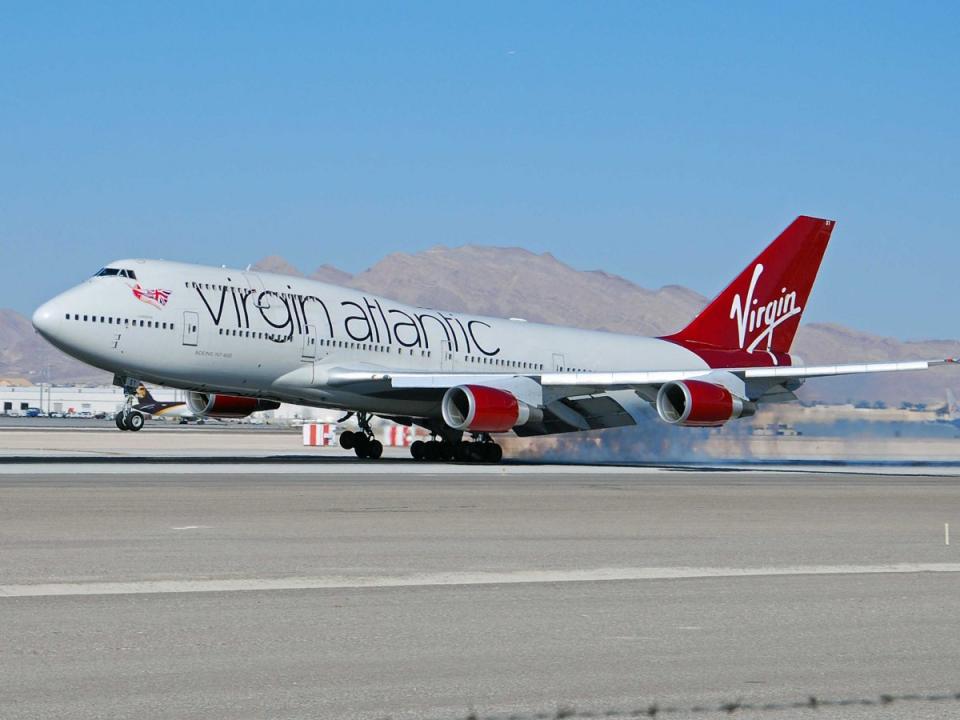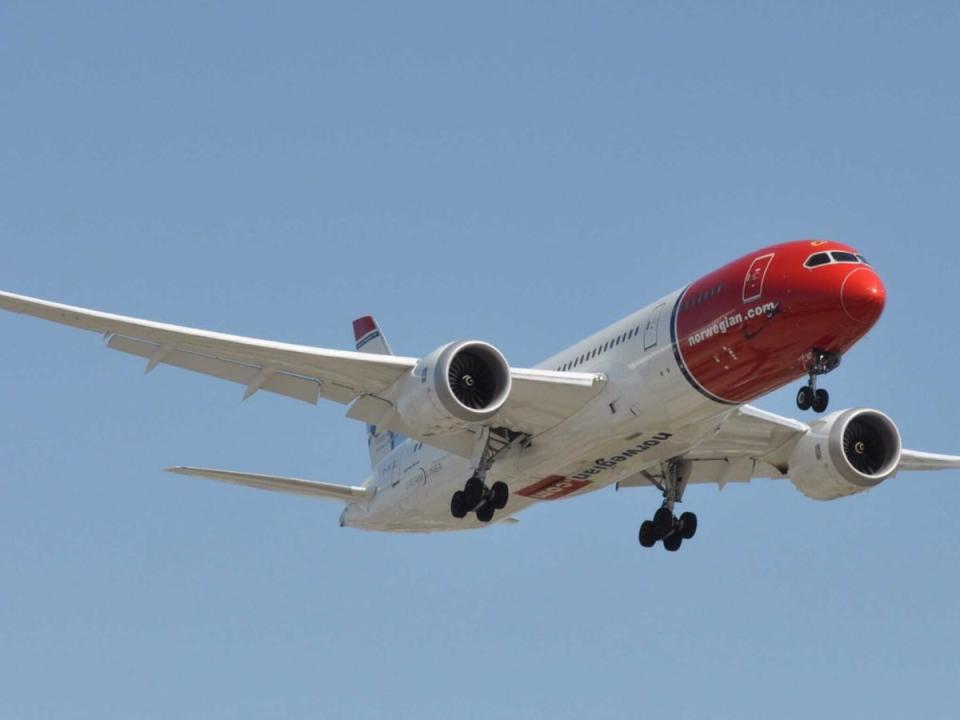Budget airlines could save the Airbus A380 superjumbo

In the 10 years since the mammoth Airbus A380 first took the air, the superjumbo has not become the game-changing aircraft the company had originally hoped it would be.
Although Airbus has taken 317 orders for the jet, the company has struggled to expand its customer base past the dozen or so airlines that currently operate the airplane.
And nearly half of those orders are by a single airline — Emirates.
Now the company has to contend with a new problem.
What happens to the early production A380s as they head towards the end of their leases?
According to Robert Wall of the Wall Street Journal, Airbus believes the solution to this problem is budget long-haul airlines.
Kiran Rao, head of strategy at Airbus's commercial plane making division, told the Journal that a likely destination for second hand superjumbos is airlines looking to fly high volume of passengers in a low-cost setup.
For these airlines, Airbus would pack the double-decker with 600-650 seats in a two-class setup, with an ideal flying distance of 6-8 hours. In more extreme situations, the company can even set the plane up to handle as many as 800 passengers.
According to the Airbus executive, the target region for this strategy is in the Asia-Pacific market, where low-cost carriers are currently using smaller widebody airliners, such as the Airbus A330.
So how much demand is there for a sardine-setup superjumbo — "high density" seating, in industry parlance? Rao believes there is room in the market for 40-50 of these second-hand A380s.
Thus, Airbus may be able to accomplish two objectives with this strategy — find homes for used A380s and expand the plane's customer base.
But as airlines seek to make their fleets smaller, more flexible, and more fuel efficient, do 600-plus seats jumbo's make business sense?
Maybe.

For example, Virgin Atlantic is in the process of dumping its fleet for fuel-guzzling, 4-engined Airbus A340s in favor of Boeing's new fuel-sipping 787-9 Dreamliner. However, Virgin Atlantic CEO Craig Kreeger recently told Business Insider in an interview that the airline plans on keeping its fleet of Boeing 747-400 jumbo jets, which are packed with as many as 450 seats.
Why? Because according to Kreeger, the cost per seat makes it financially feasible for the airline. Although, the aging Boeing 747-400 can be quite thirsty for fuel, the high number of seats brings down the average cost per seat associated with operating the plane.
This seems to the be play that Airbus wants to make with its off-lease A380s. The question is, will carriers bite? Currently, low-cost long-haul carriers such as Norwegian Air Shuttle and Scoot operate using smaller twin-engined Boeing 777 and 787 jets.

Instead of making money by flying around a lot of people, airlines such as Norwegian seek to maximize the long range and fuel efficiency of their 787 Dreamliners. In fact, Norwegian Air Shuttle CEO Bjorn Kjos told Business Insider last year that the airline's long-haul business couldn't really exist without the efficient nature of planes, such as the Dreamliner.
At the end of the day, the size, and cost of the A380 will always limit the number of airlines and routes where it will be able to thrive — regardless of layout. However, a move towards the low-cost/lots-of-passengers market may be the trick to finding new homes for big old birds.
NOW WATCH: Two models in Russia just posed with a 1,400-pound bear
See Also:
We asked pilots what happens when a jet loses both its engines — as happened with Singapore Airlines
30 awesome photos from Formula One's glamorous Monaco Grand Prix
SEE ALSO: Here are the 10 best airports in Europe

 Yahoo Finance
Yahoo Finance 
